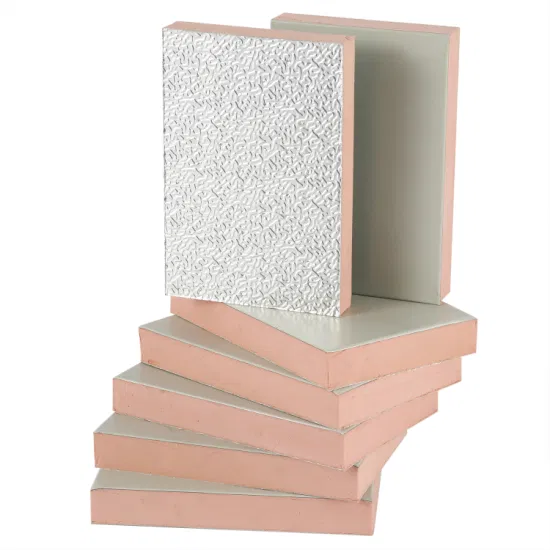
When it comes to insulating your home or commercial space, choosing the right type of foam insulation is crucial. With numerous options available in the market, it can be overwhelming to determine which one is best suited for your specific requirements. In this comprehensive guide, we will explore the various types of foam insulation and help you make an informed decision. From understanding the different properties to considering factors such as R-value, environmental impact, and installation methods, this article will provide you with the necessary knowledge to select the best foam insulation for your project.
- Understanding the Types of Foam Insulation:
1.1. Expanded Polystyrene (EPS):
1.2. Extruded Polystyrene (XPS):
1.3. Polyurethane (PUR) Foam:
1.4. Polyisocyanurate (PIR) Foam: - Evaluating Insulation Properties:
2.1. Thermal Conductivity:
2.2. Moisture Resistance:
2.3. Fire Resistance:
2.4. Soundproofing Capabilities: - Considering the R-Value:
3.1. What is R-Value?
3.2. Determining the Required R-Value:
3.3. Comparing R-Values of Different Foam Insulation Types: - Environmental Impact:
4.1. Energy Efficiency:
4.2. Recyclability and Sustainability:
4.3. Global Warming Potential: - Installation Methods:
5.1. Spray Foam Insulation:
5.2. Board Insulation:
5.3. Insulated Concrete Forms (ICFs):
Conclusion:
Choosing the best foam insulation for your project involves considering a range of factors, from insulation properties and R-value to environmental impact and installation methods. By understanding the different types of foam insulation available and evaluating their specific characteristics, you can make an informed decision that aligns with your needs and priorities. Remember to consult with professionals and consider local building codes and regulations before proceeding with any insulation project.

